Reading Time: < 1 minute A livestock feed webinar series is underway. The first webinar on grazing options for dry conditions took place on July 4 but there are eight more in the series: feeding economics (July 18, co-operating with cropping neighbours (Aug. 1), safely grazing hay lands (Aug. 15), alternate feed myths (Aug. 29), effective culling (Sept. 12) feed […] Read more
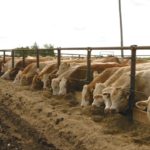
Livestock feed webinar series underway
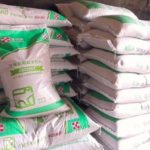
Cargill shuts China feed mills as swine fever spreads
Chicago | Reuters — Cargill shuttered animal-feed mills in China in recent months partly because the rapid spread of a fatal hog disease has reduced demand, a company executive said Friday. The closures highlight the pain for global agriculture companies from the outbreak of African swine fever in China, the world’s top hog producer and […] Read more

Hemp acres expected to double due to crop versatility
MarketsFarm — Canada’s hemp acres are set to double in 2019, according to the most recent principal field crop acreage report from Statistics Canada. The hemp industry is experiencing somewhat of a boom as hemp products of all stripes enter mainstream consumer markets. “Health Canada is running at least double the number of hemp license […] Read more

Feed weekly outlook: DDGS market to adjust with E15 move
MarketsFarm — The prospect of higher-ethanol gasoline blends year-round in the U.S., and a likely increase in production of the renewable fuel, would also result in more distillers dried grains (DDGS) looking for a home in global livestock feed channels. However, that won’t mean an oversupply of the ethanol byproduct, as feed markets will adjust, […] Read more
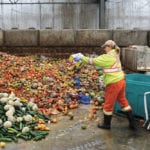
Don’t bug out: Giant fly larvae factory is coming to Alberta
High-protein insect meal is an easy — and sustainable — way to feed livestock
Reading Time: 3 minutes There’s an unassuming factory in Langley, B.C., where thousands of tonnes of premium protein are being produced every year using neither land nor water. Welcome to the world’s largest insect farm — and the future of food. Or, at least, the future of feed. And that future is coming to Alberta next year, when Enterra […] Read more
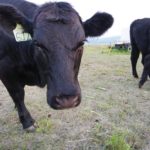
Four options to help deal with a feed shortage
What is your best option if you’re short on feed? “Each farm is different and therefore doing your numbers as they pertain to your situation is paramount,” said provincial economics extension specialist Herman Simons. “In addition, each option has different pros and cons, which should be listed and taken into account when determining the best[...]
Read more
Read more
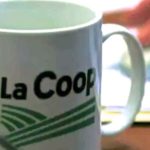
Coop federee buys into Ontario feed sector
Fresh off its recent investment in the Prairie livestock feed business, Quebec ag co-operative giant La Coop federee is headed down a similar path in southwestern Ontario. The co-operative announced Monday it will pay an undisclosed sum for a 50 per cent stake in W-S Feed and Supply, based at Tavistock, Ont., about 30 km[...]
Read more
Read more
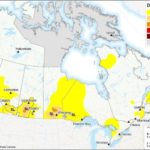
Drought’s effects linger on Prairies
CNS Canada — After a dry growing season last year in Western Canada, effects of the drought are still evident with news that most livestock producers won’t be doing a second cut of hay. “Pastures and hay fields didn’t get the moisture that they needed to really recharge over that winter period and get a[...]
Read more
Read more

ADM to buy French animal feed business Neovia
Paris/Chicago | Reuters — Archer Daniels Midland Company (ADM) is in exclusive talks to take over French animal feed business Neovia for 1.5 billion euros (C$2.3 billion) as part of the U.S. farm giant’s strategy to expand in the fast-growing animal nutrition sector. Neovia is majority owned by French cooperative group InVivo. Investment group Eurazeo[...]
Read more
Read more

U.S. ethanol makers snap up cheap sorghum after China tariffs
Chicago | Reuters — U.S. ethanol makers have joined global livestock producers to snap up discounted American sorghum supplies after buyers in China backed out of deals due to stiff anti-dumping tariffs on the grain imposed by Beijing in a mounting trade dispute. Sorghum is used to feed animals and represents a fraction of the[...]
Read more
Read more

